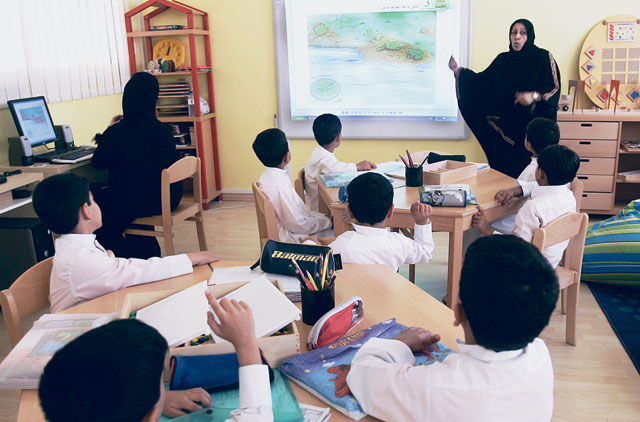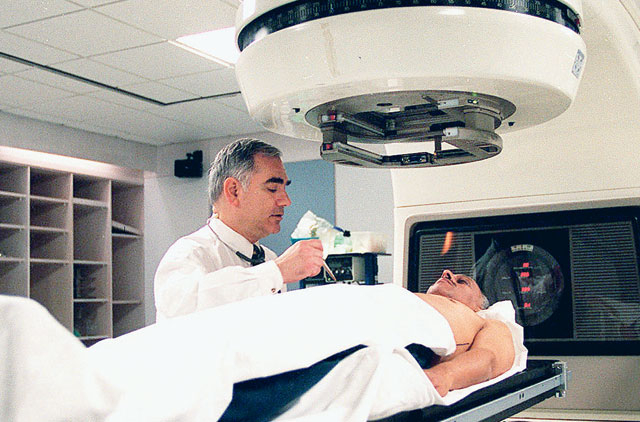
Social development can be gauged by assessing progress in education, scientific research, health care, population and work force, culture, youth and communities.
Education
Today, universities and educational institutes are spread all over the country, whereas in 1977 there was only one university in the UAE. The total number of universities and higher education institutes that are accredited by the Ministry of Higher Education and Scientific Research for the 2009-2010 academic year is 64.
Great progress has been made in education during the past few years. The Federal Government has concentrated on the fact that education represents an important element in human development. The number of public schools has shot up from 1,256 with more than 600,000 students in 2007-2008 to more than 1,350 public schools, with more than 700,000 students in 2008-2009.
Education, especially at the primary and secondary levels, has been a particular focus of the Federal Government over the past four years. Policies focused on putting students first and ensuring a high quality of education in both public and private schools by instituting a system of inspections and government accreditation.
The Ministry of Education's strategies included a number of initiatives that yielded tangible results.
The Federal Government's most important accomplishment in this area was to increase the amount invested in education and also the number of schools.
Health
Statistics issued by the Ministry of Health revealed that in 2006 there were 33 government hospitals in the country. That number shot up to 40 in 2009. In addition, there are also 115 primary health care centres in the UAE, including 14 hospitals administered by the Ministry of Health, 67 health centres and 11 primary school health centres. These are complemented by 10 mother and child care centres, 110 specialised mother and child units in hospitals and primary health centres, in addition to numerous large hospitals, clinics and polyclinics.
The funds allocated for health services in 2009 exceeded Dh2.6 billion, in addition to the substantial budgets of local governments, other authorities and the private sector.
Labour
During the past four years, the Federal Government adopted a number of initiatives aimed at organising the labour market in a way that protects both workers and employers, in addition to providing a decent living to all those participating in the UAE's development, regardless of their origin or role.
Examples include the establishment of labour courts, set up to process labour cases in a swift manner. No legal fees are charged during the process of cases in these courts.
Domestic servants also received attention. In April 2007, a unified labour contract for domestic servants was introduced to define their role and regulate other aspects of their lives, such as health services, wages and contract duration, in addition to granting them rest periods.
Unified standards for labourers' accommodation were also introduced by the Federal Government. In 2009, amendments were introduced to upgrade the standards of labour accommodation to the benefit of workers.
The Wage Protection System was established by ministerial decree No 988 for 2008 due to the Ministry of Labour's awareness of the importance of wages in defining the relationship between employers and workers.
The Ministry of Labour also launched a service whereby workers in the private sector can register official complaints if their wages are not paid in full and on time by calling a toll-free number or through the Ministry of Labour's website.
Another initiative, e-Netwasal, makes Ministry of Labour information freely available to both employers and employees. The initiative formed part of the revamping of the ministry's website.
Furthermore, a customer complaint system was officially launched in September 2008, following best practices.
Between December 2006 and December 2007, 10 memoranda of understanding were signed with Asian countries from which many of the UAE's migrant labourers originate.
- 1,350 The number of public schools in 2008-2009, serving 700,000 students, up from 1,256 public schools in 2007-2008














